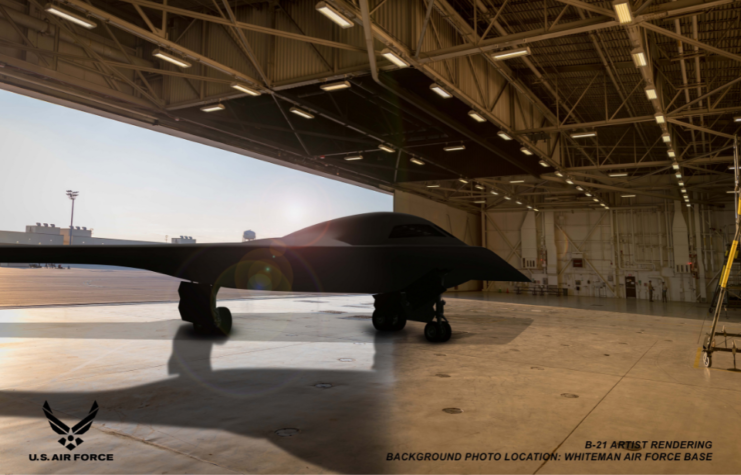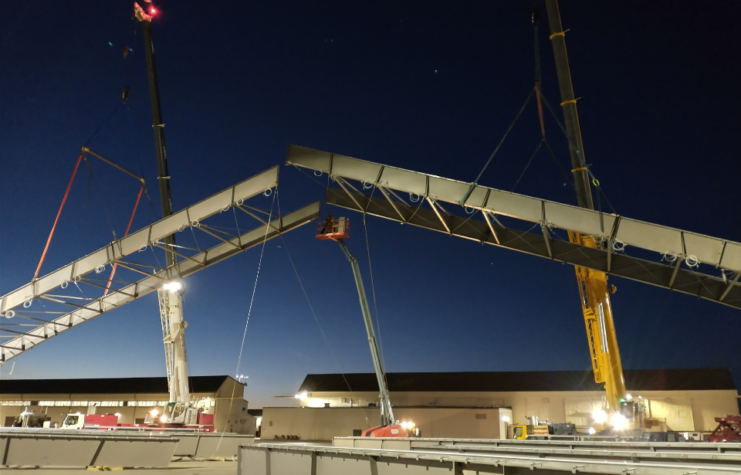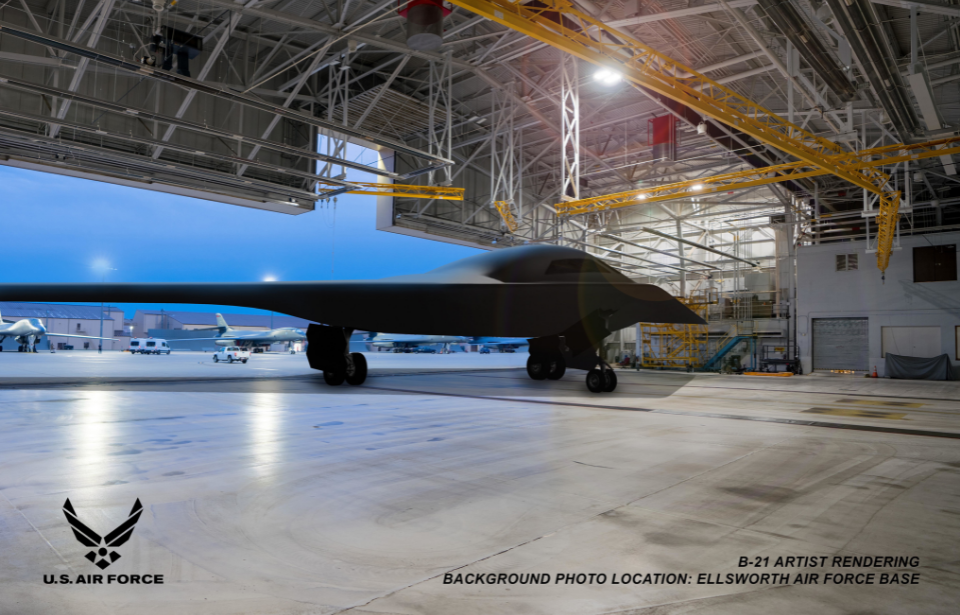Two of the U.S. Air Force’s latest heavy bombers are mostly complete, but Congress wants to hurry the program along. The aircraft is the B-21 Raider, an advanced, long-range stealth bomber that can deliver both conventional and nuclear weapons all over the globe. It is hoped that the B-21s will eventually replace the B-2 Spirit.
The development of this new aircraft is well underway, and it’s a big moment in the aviation industry as it is the first newly designed U.S. bomber since the late 1980s. The program will produce B-21s that will complement the existing fleet of B-2 Spirits and B-1 Lancers by the end of the 2020s, but which will eventually replace the two entirely.
The B-21

Like the B-2, the new aircraft has been developed by Northrop Grumman. Naturally, information relating to the aircraft is top secret, but there were hints that there Air Force was interested in developing a new long-range fighter that would accompany the B-21 on missions and provide protection for the larger aircraft.
If the B-2 Spirit is anything to go by, the B-21 will likely be the most advanced military aircraft in existence upon its introduction. It has been designed to beat the latest in air defenses, such as the Russian S-400 surface-to-air missile system and the newest fifth-generation fighters. Like the B-2, the B-21 will be a flying wing, a concept Northrop Gumman pioneered. It is estimated that the B-21 will be about two-thirds of the size of the B-2, which has a 52-meter wingspan.
Development versus production
Unfortunately, the U.S. Air Force and Congress are butting heads over the new aircraft’s time frame. Congress would like development to speed up, while the Air Force wants to make sure the design is perfected before putting the aircraft into production.
Air Force acting acquisition executive Darlene Costello said, “Once we get through design and get the first ones delivered, we can adjust production rates and maybe affect them that way, but we have to get through the engineering with solid discipline.”

The Air Force has good reason to take its time on the B-21, partly because of past experiences with the F-35 Lightning II.
As two B-21s are mostly complete and ready for testing, it would be easy to put the aircraft into production while it’s being trialed and add necessary modifications found during testing to any aircraft that have been completed. In an ideal world, this would allow the B-21 to become operational much sooner. However, building an aircraft before the design is complete will likely cause significant concurrency issues.
This is exactly what happened to the Lockheed Martin F-35, a multirole fighter that is now the most expensive weapons system in history.
The F-35 entered production before it was ready, as it was expected that early units would simply be upgraded to the completed standard. This got F-35s to the field more quickly, but the upgrade process was not as easy as predicted, leaving the Air Force with hundreds of jets all around the world built to completely different criteria. The U.S. then had to spend billions of dollars upgrading the aircraft to an equal standard.
Unsurprisingly, the U.S. Air Force doesn’t want to face this problem again, which is why they are pushing back against Congress. Instead, the B-21 will be developed in sequence.
More from us: What Did WWII Combatants Think Of Each Other’s Aircraft?
The U.S. Air Force has 158 bombers at the moment; 20 B-2 Spirits, 76 B-52 Stratofortresses, and 62 B-1 Lancers. As mentioned, the B-21 will eventually replace the B-1s and B-2s, but the B-52 will continue on, probably into the 2050s. By that time, the B-52 design will be 100 years old.
Originally, the Air Force wanted 100 B-21s, but they have since shown an interest in wanting a bomber fleet of around 225 aircraft. If the B-2 and B-1s are retired, 149 B-21s will need to be built to make up the numbers required.
